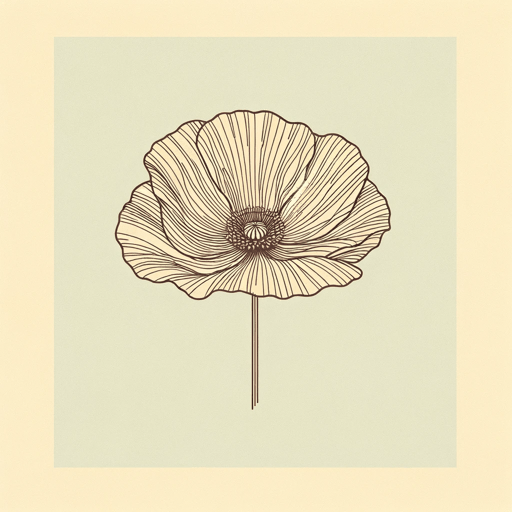20 pages • 40 minutes read
Rupert BrookeThe Soldier
Fiction | Poem | Adult | Published in 1915A modern alternative to SparkNotes and CliffsNotes, SuperSummary offers high-quality Study Guides with detailed chapter summaries and analysis of major themes, characters, and more.
Further Reading & Resources
Related Poems
“IV: The Dead” by Rupert Brooke (1914)
Like “The Soldier,” this poem is one of the “War Sonnets” Brooke began shortly after WWI broke out in the fall of 1914. Unlike “The Soldier,” “The Dead” was Brooke’s favorite. Both “The Soldier” and “The Dead” appear in 1914 and Other Poems, which was published in 1915 after Brooke’s death.
1914 and Other Poems by Rupert Brooke (1915)
Brooke’s posthumous collection is aptly named. It includes the “War Sonnets” Brooke wrote in the fall of 1914.
“Dulce et Decorum Est” by Wilfred Owen (1920)
Like “The Soldier,” Owen’s “Dulce et Decorum Est” was written about WWI and published posthumously. Additionally, “The Soldier” is a sonnet and “Dulce et Decorum Est” is a double sonnet, but that’s where the similarities between the two poems end. While “The Soldier” argues seriously and unironically that dying for one’s country is a good thing, “Dulce et Decorum Est” argues just the opposite. Owen’s poem ends with a line from Horace, “Dulce et decorum est / Pro patria mori” (Lines 27-28), which translates to “It is sweet and decorous to die for one’s country.” Owen, however, uses this line ironically, as the death in war the poem describes is gruesome, horrifying, and senseless.

